It's the thought that counts
Infuse creativity into every area of the business
Creativity is essential to the success of any business or organization. So much so that a Forrester study commissioned by Adobe surveying 300 global enterprise leaders revealed 82% equate creativity with positive business results.
Moreover, companies that encourage and facilitate creativity are 3.5 times more likely to achieve revenue growth of 10% or more than peer firms that do not.

Creative Use of Customer Equity (pricing)
.net Software Manufacturer
Innovation in Product Management
Technology Solutions Provider
Innovation in Distribution
Fortune 25 Global Distributor
Creative Sales Enablement
Global Scanner Manufacturer

Dare to see
things differently.
Which way is the man on the right looking — directly at you or to the side? Either way, you are right. It’s just a matter of perspective. But one thing is for sure, he is looking ahead.
Creativity facilitates timely decision-making supported by a willingness to spell out and explore all possible solutions. And it keeps you focused on what is ahead. So do we.
- Cultivate a culture of change
- Inspire progressive ideas
- Foster results-oriented thinking

“Without deviation from the norm, progress is not possible.”
— Frank Zappa
Think inside the box, elevate performance
Bypass convention to develop imaginative and innovative solutions. Creativity and Innovation are enhanced and more effective when structure and pragmatism govern the process.
- Build more collaborative teams
- Bring your vision into Focus
- Thrive on change

“To me there’s no creativity without boundaries. If you’re gonna write a sonnet, it’s 14 lines, so it’s solving the problem within the container.”
— Lorne Michaels
Know what matters. Do the math. Innovation and creativity will flow naturally as a result.
Structure creative ideas so they serve practical purposes.
- Energize your organization’s drive factor
- Be process-oriented
- Profit from critical thinking throughout the value chain

“We are here to make another world.”
— W. Edwards Deming
Testimonial
BE CREATIVE
Connecting with your customers and prospects at the right time, in the right place with the right message.

The MindMeld way stresses meeting your customers or clients where they are — foregoing preconceived notions or suppositions that may satisfy personal wants and needs for flaunting our creative genius but fail miserably at connecting with people in interesting and compelling ways.
We also understand different types of media require distinct methods and approaches for effective communication to occur. We do not believe in, entertain or ever recommend cookie cutter strategies. The media and the message are always tailored specifically to your situation and business goals and objectives.
Moreover, MindMeld creative strategies emphasize and produce communications based on the appropriate media at the appropriate time based on the status of the target audience relationship. We eschew overwhelming your valued prospects and customers with endless, irrelevant messaging — favoring intrigue and excitement instead. We also lean heavily on elevating client interactions from emotion-driven experiences (great for establishing interest but not so hot for cementing loyalty) to judgment type decision-making. The place where Value and Values make building long-term relationships possible.
the value of values
Shared values build relationships. A shared value is a belief that both the brand and consumer have about a brand’s higher purpose or broad philosophy.

— Versus —
the futility of annoying
A mere 13% of buyers of products and services cited frequent interactions as the primary reason for a brand relationship. Quality of communications trump “nervous activity.”

Source: 7,000 consumers participating in a Corporate Executive Board (CEB) study. 64%, or nearly 5,000, said shared values are the primary reason motivating their brand relationships — making shared values far and away the largest driver. 13% cited frequent interactions as the primary motivation for a purchase decision.
Plan the Sale when you Plan the Communications
INTEGRATED B2C


TARGET & ACCOUNT-BASED MARKETING
INTEGRATED B2B


BRAND & DISTRIBUTION OPTIMIZATION
messaging that sells
Base the marketing of a product on quality positioning — interact with continuous bubbles of advertising support designed to attract trial and cement loyalty to the product.
— Edwin Arzt, Chairman, Proctor & Gamble



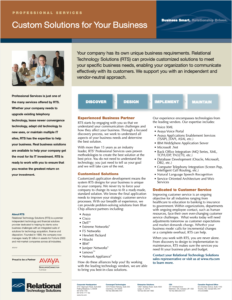




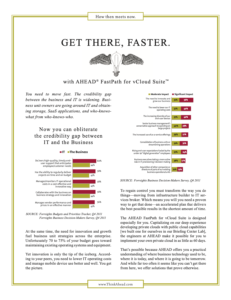
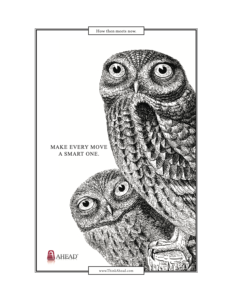
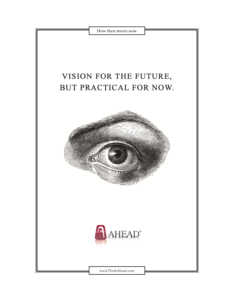
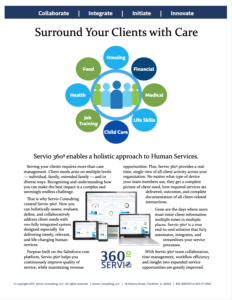
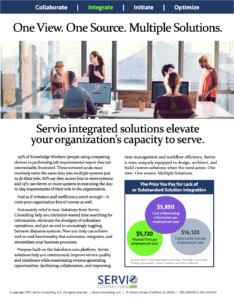
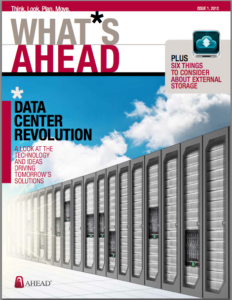


What Jelly Beans teach us about Brand Asset Value

Jelly Beans teach us a lot about commoditization, perceived value, and the necessity of strategy in the marketplace.
Take price for instance. The leading brand of jelly bean earns nearly six times as much per ounce as a top store brand, $0.40 versus 0.07 per ounce. What’s more, that same leading brand enjoys a $0.25 per ounce advantage over a gourmet brand of comparable quality purchased in a specialty retail shop.

And despite the higher price, the market leader sells significantly greater volumes as well. Higher volume at a higher price selling essentially the same product with the same ingredients is a winning proposition no matter how you slice it.
In a blind test panel the leading brand outscored both the gourmet brand and store brand unanimously when it came to taste. But surprisingly, the gourmet brand won in terms of packaging and product appearance and the store brand provided the best overall mouth feel according to the tasters.
So what’s the big deal? How many times has your sales and/or marketing team played the commoditization card as an excuse for losing deals or declining market share? How often do they

complain that prices are too high as justification for another lost opportunity? Are you even targeting the right audience and sales channels to begin with?
At issue is value and how it is communicated. The market leader has established a strategic position predicated on brand identity, taste, product merchandising, packaging, distribution, and yes, higher pricing. After all, if they are fetching a higher price the retailer is enjoying a proportionately higher payback as well.
According to Michael Porter, “ultimately all differences between companies in cost or price derive from hundreds of activities required to create, produce, sell, and deliver their products or services, such as calling on customers, assembling final products, and training employees…differentiation arises from both the choice of activities and how they are performed.”
As in the case of jelly beans, competing against and outperforming competitors requires strategic positioning. Relying on operational efficiency and tactics will not suffice.
